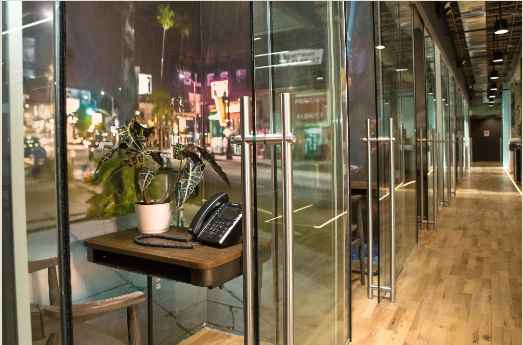
Office Lighting: Everything You Need To Know For Your Office Space
1) Office Lighting Standards
The U.S. General Services Administration (GSA) sets the minimum standard office lighting for all businesses in the United States. According to their website, a normal workstation requires 500 lumens per square meter.
That may seem like a lot — or may not make any sense at all if you’re not familiar with lumens — but it actually breaks down to this: every 6’x6’ (or 36 square-foot) space should receive the equivalent light as from a 35-watt incandescent bulb.
To put that in perspective, most desk lamps use a 60-watt bulb that produces 800 lumens.
The GSA also provides other office lighting standards, including the following:
-
Fluorescent ceiling fixtures and bulbs are the most basic suggested option
-
Lighting layout should provide an even amount of illumination for the entire office space
-
Fill in gaps with task lighting options
-
Adjust lighting options to minimize shadows
We’ll discuss some of these standards in more detail in other sections of this article.
2) Bulb Type
For large, open spaces like most office environments, fluorescent or light-emitting diode (LED) bulbs are the best option, but halogen and incandescent are also available.
Fluorescent bulbs are the most common because they are the older technology, but LED bulbs have several advantages over their elder sibling.
-
LED bulbs are cheaper to operate and maintain
-
LED bulbs have a longer life span
-
LED bulbs don’t use excess energy
-
LED bulbs don’t emit infrared radiation
-
LED bulbs don’t trigger migraines in people who are predisposed
-
LED lights can be dimmed to match the time of day and the season
-
LED bulbs don’t inhibit the production of melatonin nor interfere with sleep patterns
Before choosing one type of bulb or the other for your office lighting, be sure to weigh all of the pros and cons.



